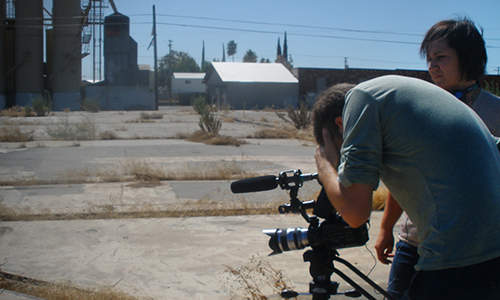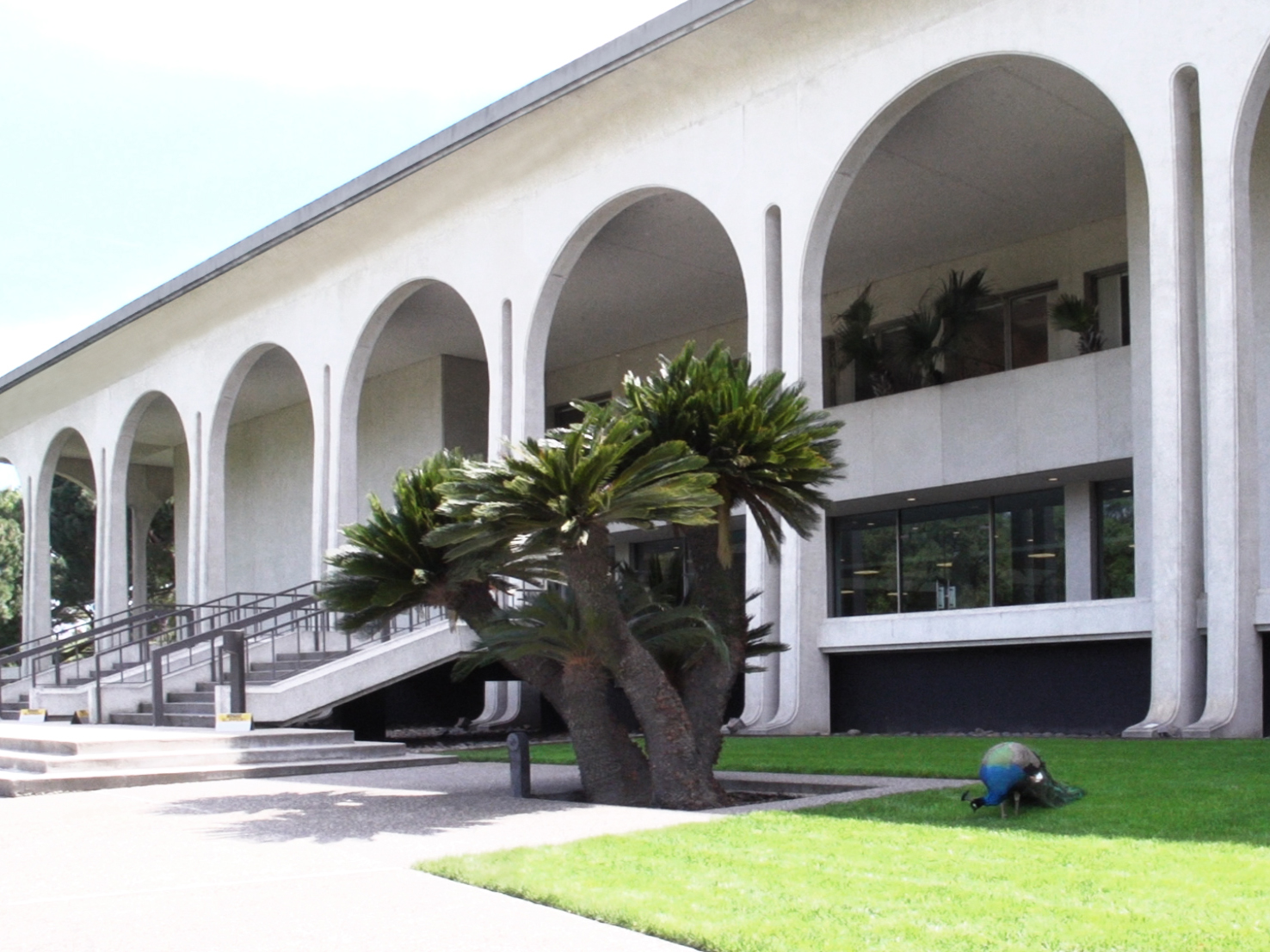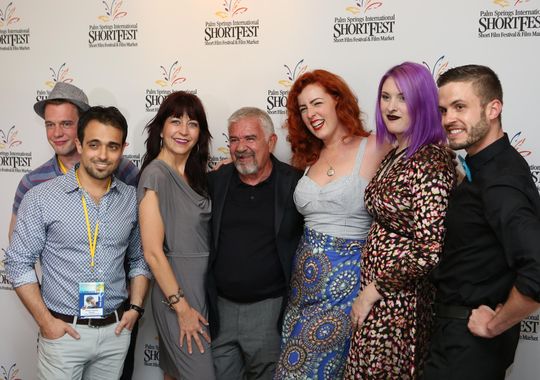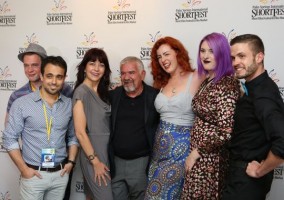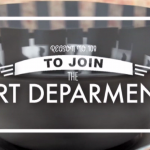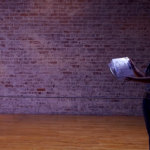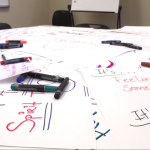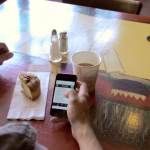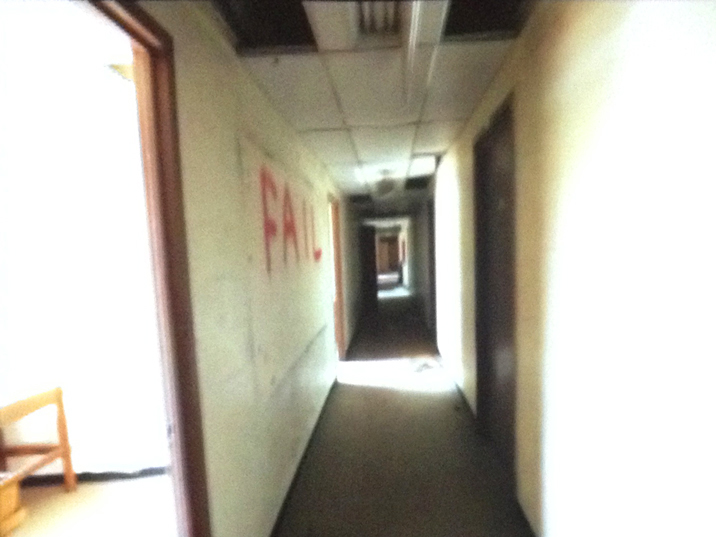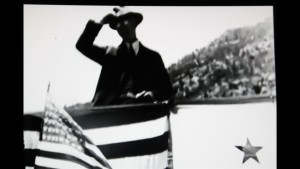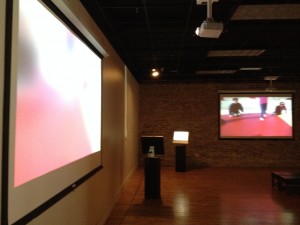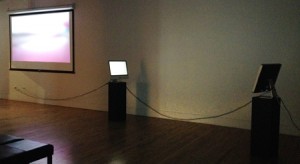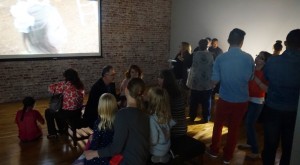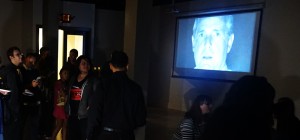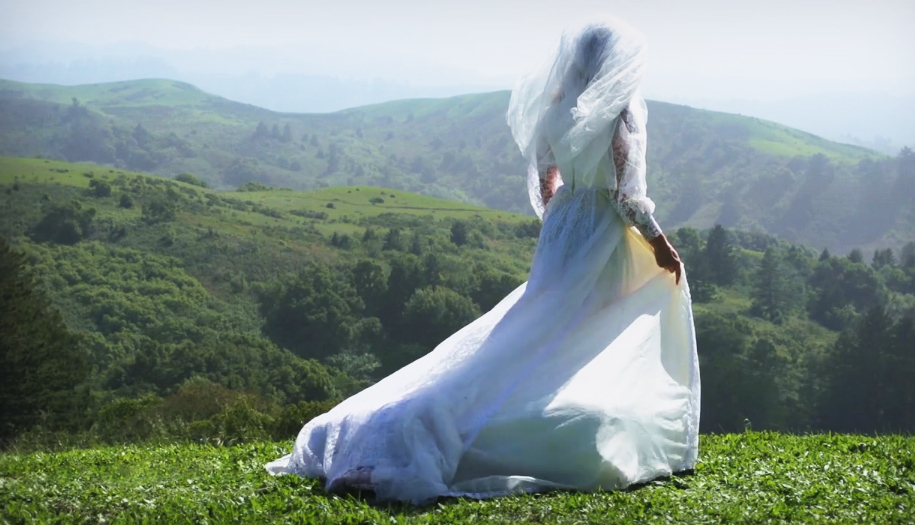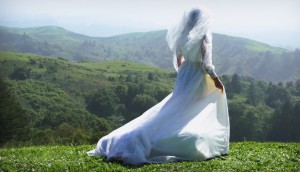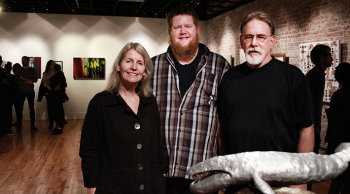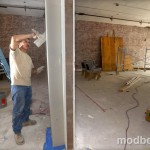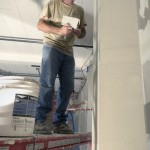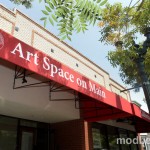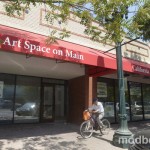Modesto Modernism
Free screenings:
- September 20th, 2013 at The State Theatre, Modesto 6 pm.
- September 22nd, 2013 at The Carnegie Art Center, Turlock, 2 pm.
- Additional screenings to be announced.
In the middle decades of the 20th century, the Modernist architecture of Modesto, California, was on the cutting edge of environmental and artistic design and it received national attention. In the 1940s, the New York Museum of Modern Art published three books featuring Modesto architecture and a photo of a Modesto home was on the cover of the catalog for its trend-setting 1944 exhibition on modern architecture. From the 1940s through the 1960s, many books, professional journals, and popular magazines published articles on Modesto buildings, but nothing exists in video. The city’s national stature in architecture began with the Heckendorf House designed by John Funk in 1939. The success of that house and the national attention it received inspired Modesto residents to hire other major designers for their landscape, commercial, residential, and government projects.
There are more than 85 Modernist buildings and landscapes in Modesto from 1939 to 1972 by noted 20th century designers including John Funk, William Wurster, Frank Lloyd Wright, Gardner Dailey, Henry Hill, Cliff May, Joseph Eichler, Christopher Alexander, William Turnbull, Joseph Esherick, SOM, Thomas Church, Lawrence Halprin, and many more. Modesto’s architecture was a model for other cities and a laboratory in the development of a distinctive California style that blended the indoors with the outdoors.
“I had no idea when we started doing the research we would uncover designs from so many major architects,” said Bob Barzan, director of the Modesto Art Museum.
Produced by Steve Arounsack & Jessica Gomula-Kruzic
Directed by Jessica Gomula-Kruzic
A Production of the Modesto Art Museum, with support from the Creative Work Fund.
